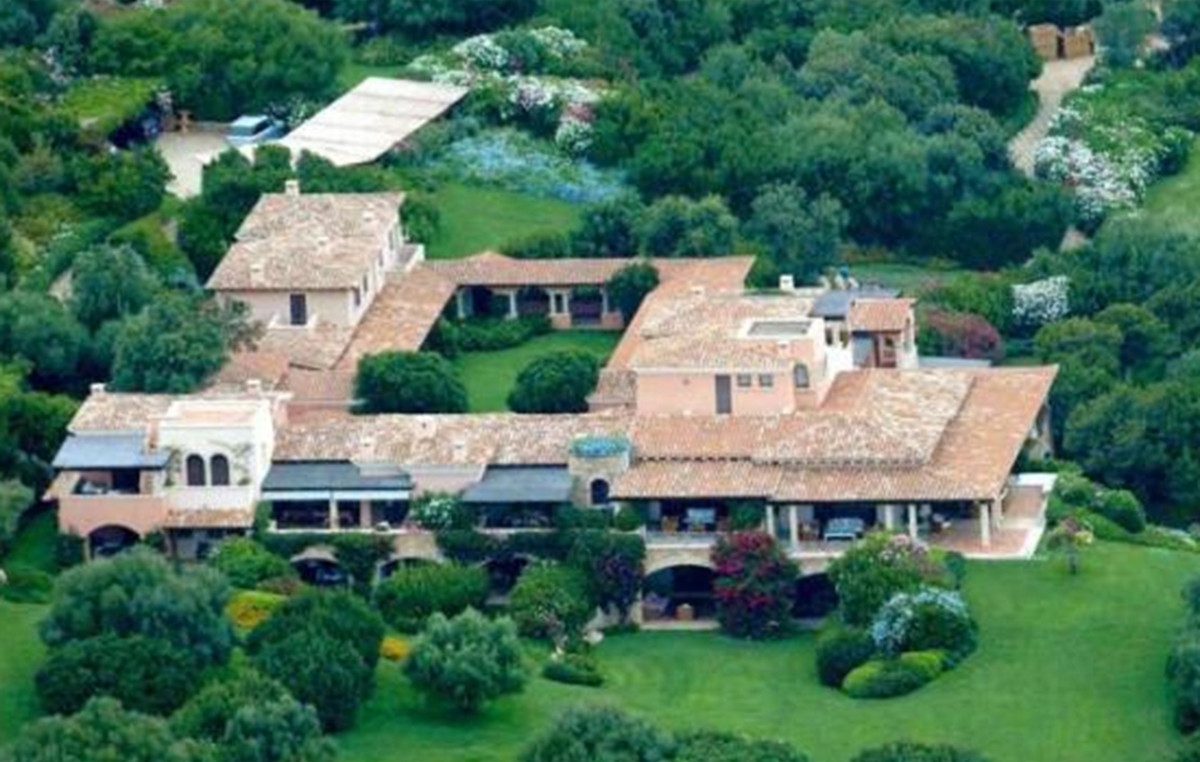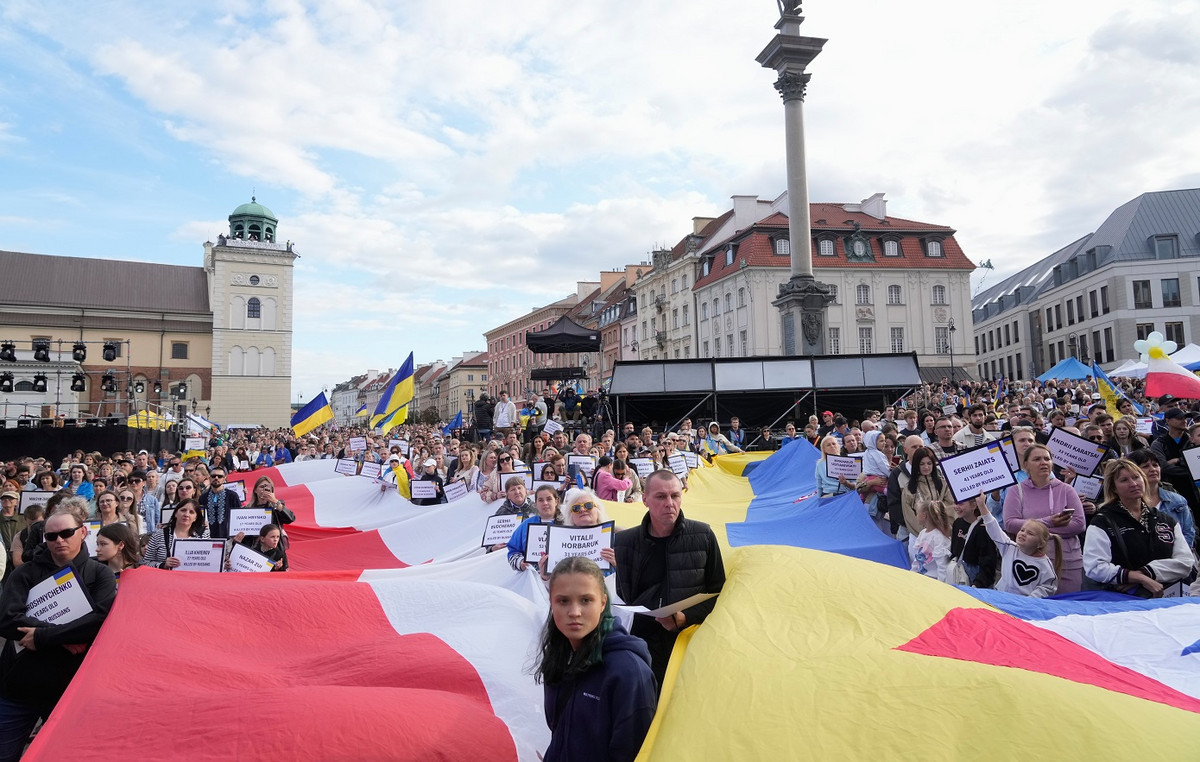Even with the Federal Reserve (Fed), the North American central bank, returning to raise the basic interest rates in the United States, interest rates in Brazil have risen even more and are high enough to stop the pressures that adjustments in the world’s largest economy could bring to the Brazilian exchange rate.
On Wednesday (16), the Fed raised US rates by 0.25 point, the first increase since 2018. The rate, which was at zero since the beginning of the pandemic, now moves to a range of 0, 25% to 0.50% per year.
Higher interest rates in the US increase the remuneration of its bonds, the safest and most coveted in the world, and tend to suck money from other countries, especially emerging ones such as Brazil, which are more risky. This tends to cause the dollar to strengthen and currencies such as the real to lose value.
In Brazil, however, interest rates began to rise much earlier and much faster, opening up a wide margin over competitors and, to some extent, helping to shield the dollar from extra highs.
This same Wednesday, the Central Bank (BC) raised the domestic base rate, the Selic, by 1 point, raising the benchmark interest rate to 11.75%, already one of the highest in the world.
It was the ninth increase since the pandemic began, which has already stretched the rate by almost 10 points since the worst moments of the health crisis, when the Selic dropped to 2%.
With the notorious difference in pace and intensity in the readjustments of the two countries, what economists call the interest rate differential is widening, instead of narrowing.
Currently, the distance between the interest rates charged by Brazilian and US bonds is more than 10 pointsaccording to a survey carried out by the risk rating agency Austin Rating for the CNN Brasil Businessconsidering the 10-year bonds of each country. These are the biggest differences since 2016.
The wide slack ensures that the yield on Brazilian bonds is attractive enough to prevent capital flight and prevent further increases in the dollar.
The projection of economists is that, at least for the next few months, the exchange rate should not escape much from the R$ 5 it has been floating around, and may even rehearse moments below that..
“The Selic should still rise to 12.5% or 13% this year, while the Fed should continue raising interest rates to close to 1.5%, a maximum of 2%. It’s a big difference and attracts a lot of capital”, said the chief economist at brokerage Órama, Alexandre Espírito Santo.
“This gives Brazil good comfort, and the real may even appreciate more, with the dollar going through R$5 and looking for R$4.95 or R$4.90 in the coming weeks,” he added.
“It’s like we have a fat,” says chief economist at Armor Capital, Andrea Damico. “Brazil was one of the first to start raising interest rates, we went up a lot, and that now gives us this advantage between emerging and advanced countries.”
Higher dollar in the second half
According to her, the strong drops that the dollar has been registering since the end of last year, when it went from a peak of almost R$ 5.80 to the current R$ 5, are already partly a reflection of these higher interest rates.
Now, he explains, there are also factors that also help in relieving, in the case of the same increase in commodities, such as oil and food, which is putting pressure on inflation: more expensive basic products in the world improve Brazilian exports and also help to bring in more dollars. inside.
The period of relative tranquility in the exchange, should not survive the second half.
“In the second half of the year, the trend should be towards depreciation”, says Andrea. “We will have the scenario of polarized elections, both candidates must defend populist policies and more social spending, and there are still discussions on the Budget (for 2023), which always give a certain heat.”
The economist’s estimates are that the dollar will then return to transit between R$5.40 and R$5.50 in the second half of the year.
Source: CNN Brasil
I am Sophia william, author of World Stock Market. I have a degree in journalism from the University of Missouri and I have worked as a reporter for several news websites. I have a passion for writing and informing people about the latest news and events happening in the world. I strive to be accurate and unbiased in my reporting, and I hope to provide readers with valuable information that they can use to make informed decisions.







